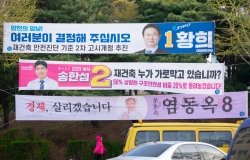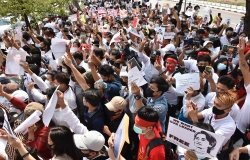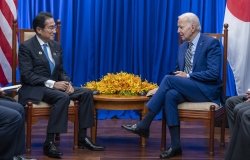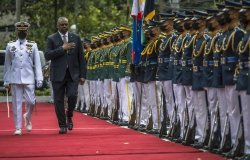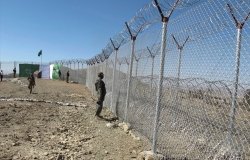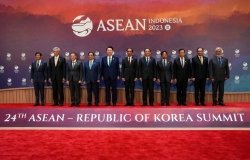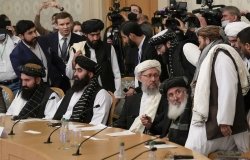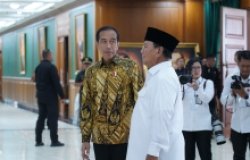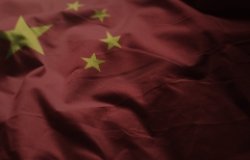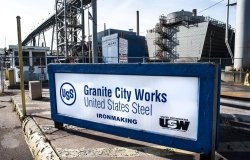
A blog of the Indo-Pacific Program
Next Steps with Pyongyang
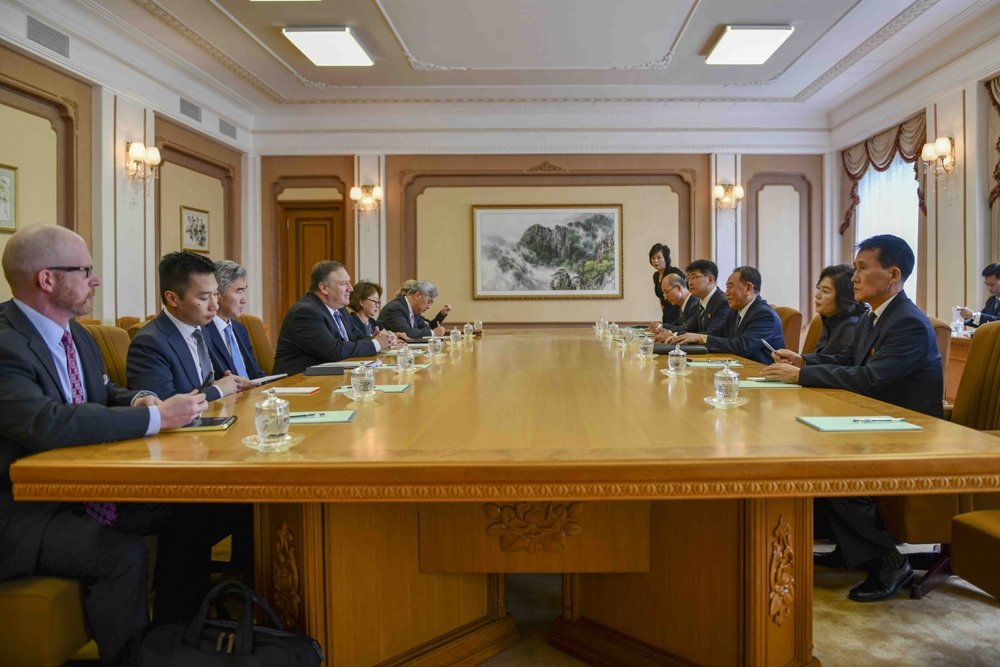
Secretary of State Mike Pompeo’s latest trip to Pyongyang was a collision between the exaggerated claims made by President Trump following his summit meeting in Singapore with Kim Jong-un and the realities of diplomacy with North Korea. If it wasn’t clear before, it should be obvious now that negotiations with North Korea over its nuclear program will be a long and difficult process. The question is where do we go from here?
Pyongyang has made it clear how they would like to proceed. In their statement following Pompeo’s latest visit, North Korea stated “We had expected that the U.S. side would offer constructive measures that would help build trust based on the spirit of the leaders’ summit ... we were also thinking about providing reciprocal measures.” The statement noted that the North has raised the issue of formally ending the Korean War, but the United States came up with a variety of “conditions and excuses” to delay a declaration. Whereas Washington seeks North Korea’s quick denuclearization to be followed by a process of political and economic engagement, Pyongyang prefers the opposite sequence.
While the President may believe that Kim signed a contract to denuclearize North Korea, the reality is that Kim did no such thing: he simply committed “to work toward [the] complete denuclearization of the Korean Peninsula.” The difference is subtle but significant; by expanding the scope to the entire Korean Peninsula, Kim can argue that he will only denuclearize when the United States has done its part. Namely, as described by Seoul, “[North Korea] made it clear that it would have no reason to keep nuclear weapons if the military threat to the North was eliminated and its security guaranteed.” Of course, Pyongyang would therefore be able to determine if the threat had dissipated and its security guaranteed, meaning that denuclearization may be contingent on an end to the U.S.-ROK Alliance and the withdrawal of U.S. troops from Korea and even, potentially, Japan.
It is now up to the diplomats to attempt to resolve the significant gaps between Washington and Pyongyang. Considering that the two sides have yet to specify either a mutually-agreed outcome, process, or sequence, these diplomats face a very difficult task.
To be successful, negotiations need time. Even if North Korea is genuinely committed to denuclearize–a highly debatable assumption–negotiating the highly complex details of such a process would take months if not years. Moreover, implementing and verifying any agreement–even one finalized with genuine intentions–will take years. Indeed, some experts warn that complete and verified denuclearization could take 15 years.
A key issue for negotiators and policymakers to grapple with will be how to properly sequence what have become two interrelated diplomatic tracks of engagement with Pyongyang: the Peace Track, run by Seoul, which seeks to improve inter-Korean relations and reduce tension on the Korean peninsula; and the Nuclear Track, run by Washington, which seeks to peacefully denuclearize North Korea. The reality that these two tracks are likely to run at different speeds will pose a significant challenge for those charged with managing the U.S.-ROK Alliance. As Seoul and Pyongyang seek to improve their relations, a key component is likely to include economic engagement and investments as well as political gestures, such as reunions of families separated by the division of the Korean Peninsula. Yet the United States grows increasingly uncomfortable with such engagements, as it will seek to sustain pressure on North Korea while negotiations on the Nuclear Track plod along. If not managed well by Washington and Seoul, tension between the Peace and Nuclear Tracks could inject further turbulence into an alliance that is already showing signs of wear and fatigue.
Even if North Korea is genuinely committed to denuclearize–a highly debatable assumption–negotiating the highly complex details of such a process would take months if not years.
The Singapore Summit was not the end of the North Korean threat. Rather, it was the beginning of a long and difficult negotiation between two nations that have very different ideas about what the problem is, and how to solve it. Patience will be key, as will robust and sustained consultation between Washington and Seoul. This is an issue that has proven difficult for three U.S. administrations, and so far the Trump administration has proven itself to be no different than its predecessors.
The views expressed are the author's alone, and do not represent the views of the U.S. Government or the Wilson Center. Copyright 2018, Asia Program. All rights reserved.
About the Author

Abraham Denmark

Indo-Pacific Program
The Indo-Pacific Program promotes policy debate and intellectual discussions on US interests in the Asia-Pacific as well as political, economic, security, and social issues relating to the world’s most populous and economically dynamic region. Read more

Hyundai Motor-Korea Foundation Center for Korean History and Public Policy
The Center for Korean History and Public Policy was established in 2015 with the generous support of the Hyundai Motor Company and the Korea Foundation to provide a coherent, long-term platform for improving historical understanding of Korea and informing the public policy debate on the Korean peninsula in the United States and beyond. Read more
